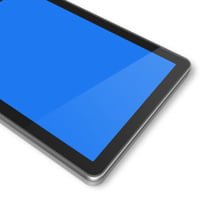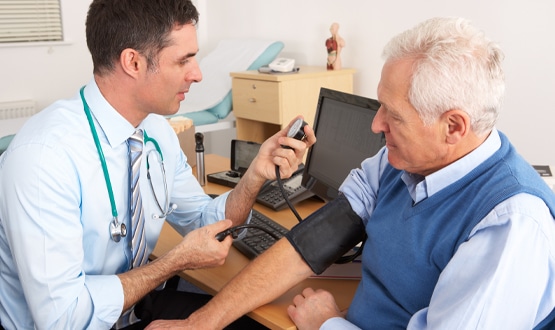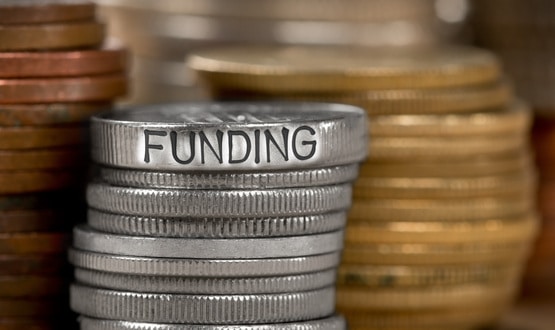Digital monitoring key to health future
- 16 September 2014

Personal digital health technologies could replace the traditional healthcare systems in the way that electricity made candles obsolete, health entrepreneur Ali Parsa has claimed.
Speaking at the King’s Fund International Digital Health and Care Congress in London last week, Parsa, founder of Circle Health, and now chief executive of the soon to be launched mobile health service start-up Babylon, said a rapid and continuing decrease in the cost of diagnostic testing is making it easier for wearable health devices and other monitoring technology to be more widely used.
Babylon aims to offer real-time video consultations, diagnostics, monitoring, prescription ordering and appointment booking, as well as cloud-based access to patient records in a smartphone app, with users paying by subscription or on a consultation basis.
Comparing healthcare to automobiles, Parsa said that cars used to break down all the time, but the proliferation of sensors and monitoring technology means that the hard shoulder of motorways is now largely obsolete.
He suggested current healthcare models may soon be made similarly archaic: “We will soon have the same capabilities to know about our bodies what we can know about our cars.”
“Thomas Edison said that he would make electricity so cheap that only the rich could afford candles. I and other entrepreneurs are going to make healthcare so cheap that only the rich can afford the existing, inaccessible healthcare system.
Parsa said the growing capability of smartphones has provided an “ideal platform” for the distribution of health apps and software, while information freely available on the Internet has made it easy to develop sophisticated symptom checkers and other useful algorithms.
“We’ll soon be able to intervene with diseases in a way we never have before.”
He said applications such as the Babylon service will be particularly valuable to the 70% of the world’s population who have “no meaningful access” to healthcare.
“I don’t think this will replace doctors, but for those who have nothing, this provides a cheap easy alternative and we should celebrate it.”
Dan Bladon, co-founder of digital health design consultancy and app developer ‘Design and Prosper’, said while wearable devices and self-monitoring technology is at an early stage, the products being developed now are “stepping stones to a future that will do much more”.
Bladon said an “inherent problem” is how the devices will scale from personal wellbeing into healthcare over the next five years, while plans to make use of the ‘big data’ from such devices still require further development.
“It’s still quite embryonic. It seems like the internet of things is often quoted and written about, but the reality is that it will probably be just as siloed as the healthcare system because it is hard to implement some of these.”
Kash Mahmood, director of digital and healthcare technology at Alliance Boots, said a key concern with self-monitoring technology is ensuring that patients are aware what to do with the information they receive so they do not add to the burden on the healthcare system.
“I see so many devices coming to market, but when an alert comes up red, who they call and what do they do? Are they going to panic, and will we actually drive extra traffic to GPs as opposed to the opposite?”
Mahmood said another challenge is to ensure that the health monitoring devices record enough data to remain relevant to users and clinically useful.
“I had a couple of different fitness trackers that I only used for three weeks, because it’s great to know your steps but so what? What’s next?”
Robert Johnstone, chairman of pan-disability consultancy Access Matters, said self-monitoring technology will help patients with chronic conditions such as himself to manage their care without relying on the healthcare system.
“If we can use some combination of self-management and awareness-raising techniques, using technology to support the diagnostics, I can see a much rosier future in terms of our healthcare.”
However, Johnstone said developers need to do more to ensure that patients are involved in the design of devices and systems to ensure that they fit their health requirements.
“What I don’t see is enough interaction with the end users, I’m not seeing opportunities to design products that we want and will use.”




